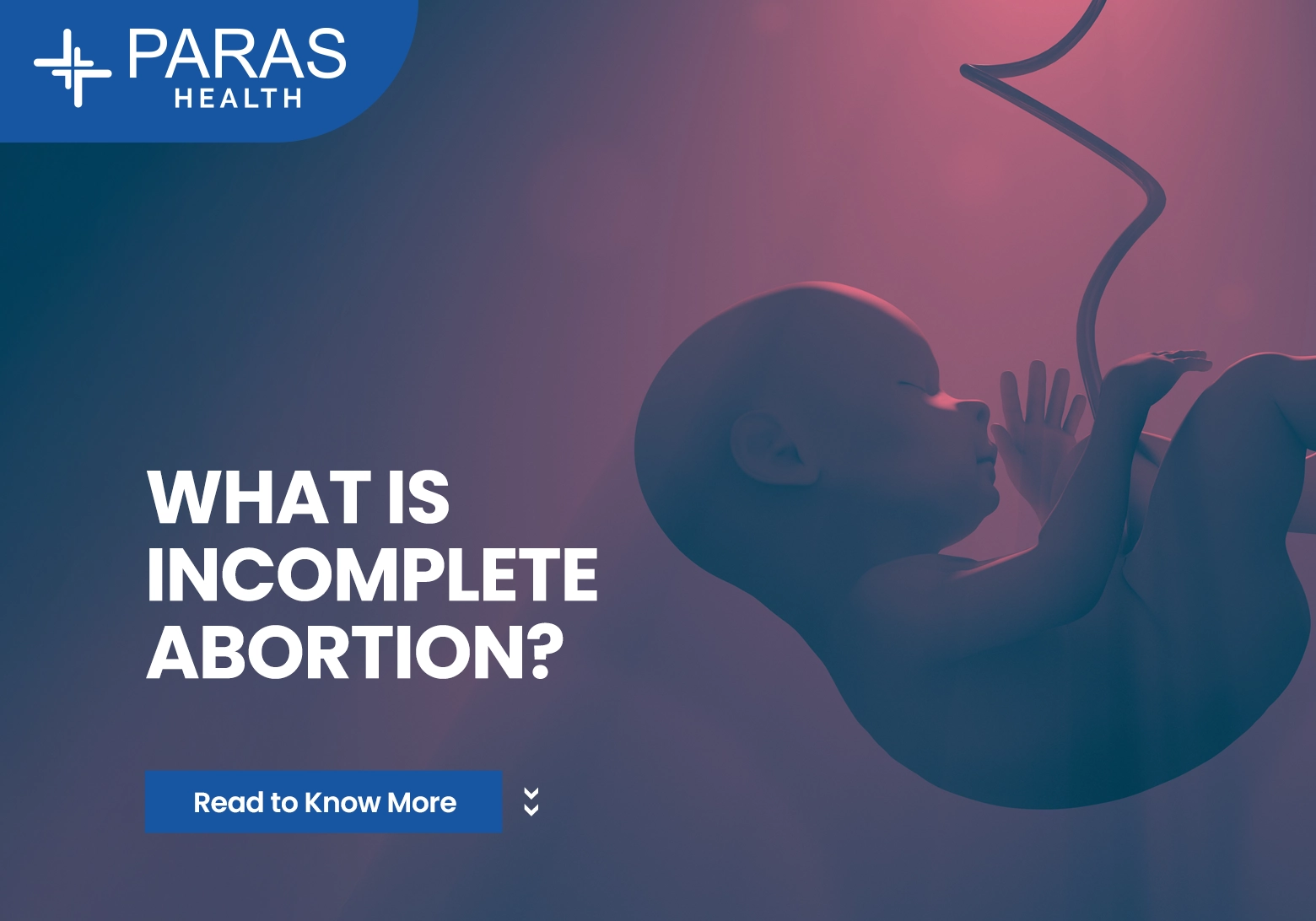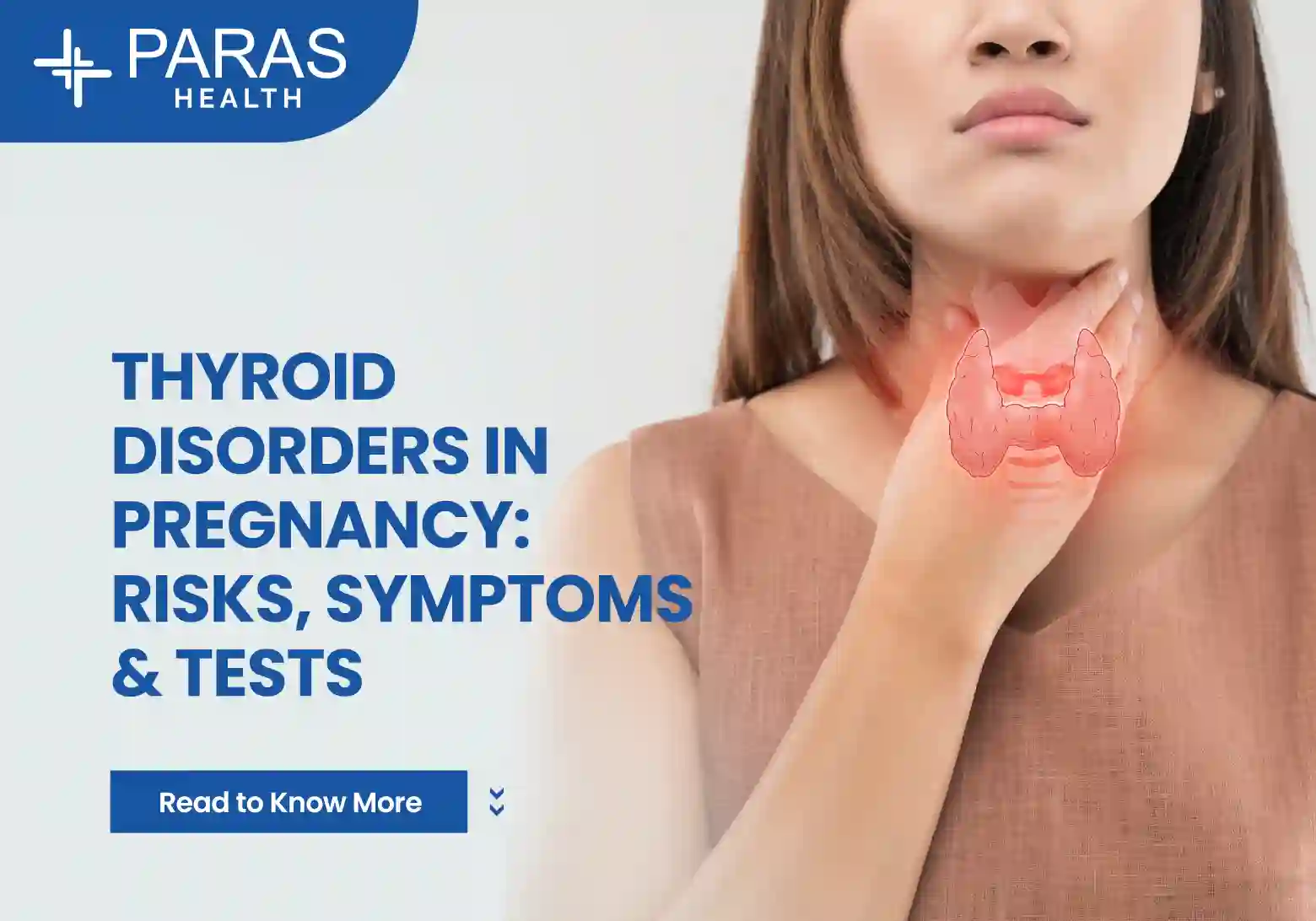What is Incomplete Abortion?
Aug 18, 2025
When an abortion or miscarriage happens, the body is supposed to clear out all the pregnancy tissue from the uterus. But sometimes, a part of the tissue remains inside. This condition is called incomplete abortion.
It can happen after a medical abortion, surgical abortion, or even after a natural miscarriage. Incomplete abortion is a serious condition that needs timely treatment to prevent complications like heavy bleeding or infection.
In this article, we’ll explain:
- What incomplete abortion means
- Symptoms and causes
- Diagnosis and treatment options
- Risks, complications, and recovery
- FAQs and key facts from trusted health organizations
Incomplete Abortion Meaning
An incomplete abortion (sometimes called incomplete miscarriage) means that the uterus has not fully emptied after a pregnancy ends.
- Some tissue or blood clots remain inside.
- This can cause heavy bleeding, cramping, and infection if not treated.
Difference between complete and incomplete abortion:
- Complete abortion: All pregnancy tissue is expelled, and the uterus is clear.
- Incomplete abortion: Some tissue is retained, causing ongoing symptoms.
Shape
Symptoms of Incomplete Abortion
Women experiencing an incomplete abortion may notice:
- Heavy vaginal bleeding (heavier than a normal period)
- Passing large blood clots
- Severe abdominal pain or cramping
- Persistent lower back pain
- Fever or chills (sign of infection)
- Foul-smelling vaginal discharge
If you experience these symptoms after an abortion or miscarriage, seek medical help immediately.
Causes of Incomplete Abortion
An incomplete abortion can occur due to several reasons:
- Unsafe abortion methods – using unapproved pills or procedures.
- Medical abortion pills (mifepristone/misoprostol) – sometimes do not fully empty the uterus.
- Surgical abortion complications – incomplete evacuation of tissue.
- Natural miscarriage – sometimes the body fails to pass all pregnancy tissue.
- Improper dosage of abortion medication.
Diagnosis of Incomplete Abortion
Doctors use the following to confirm:
- Ultrasound: to check for retained products of conception.
- Physical examination: to assess bleeding and pain.
- Beta hCG test: to measure pregnancy hormones (if still elevated, it indicates retained tissue).
Treatment of Incomplete Abortion
Treatment depends on the severity of symptoms and the amount of tissue left behind. Common methods include:
- Medical management
- Medications like misoprostol are given to expel the remaining tissue.
- Surgical treatment
- Dilation and Curettage (D&C): uterus lining and tissue are removed.
- Vacuum aspiration: suction used to clear tissue.
- Supportive care
- IV fluids, antibiotics (to prevent infection), and pain relief.
Timely treatment is very important. Untreated incomplete abortion can lead to severe bleeding, infection, or septic abortion, which may be life-threatening.
Risks and Complications of Incomplete Abortion
If not managed, incomplete abortion can cause:
- Severe blood loss (hemorrhage)
- Severe infection (septic abortion)
- Damage to the uterus (rare after surgery)
- Fertility issues (if untreated infections spread)
- Life-threatening complications if delayed
Recovery and Self-Care After Incomplete Abortion
After treatment, recovery is usually smooth. Some tips:
- Rest for a few days after the procedure.
- Eat iron-rich foods to recover from blood loss.
- Avoid intercourse or tampons until the doctor says it’s safe.
- Take prescribed antibiotics fully.
- Go for a follow-up ultrasound to ensure the uterus is clear.
Prevention of Incomplete Abortion
- Choose safe abortion methods under medical supervision.
- Avoid self-medicating with abortion pills.
- Seek proper prenatal care during pregnancy.
- Consult qualified gynecologists for abortion or miscarriage management.
Key Facts (From Popular Health Organizations)
- WHO (World Health Organization): Unsafe abortions are a major cause of incomplete abortions, leading to serious health risks.
- Mayo Clinic: Heavy bleeding and abdominal pain after abortion or miscarriage are warning signs of incomplete abortion.
- Healthline: Misoprostol may sometimes not fully empty the uterus, making follow-up care essential.
- WebMD: D&C and vacuum aspiration are safe and effective treatments for incomplete abortion when performed by trained doctors.
- Cleveland Clinic: Septic abortion (infection due to incomplete abortion) can be life-threatening if not treated quickly.
FAQs
Q1. What is incomplete abortion?
It means some pregnancy tissue remains in the uterus after an abortion or miscarriage.
Q2. What are the symptoms of incomplete abortion?
Heavy bleeding, abdominal pain, clots, fever, or foul-smelling discharge.
Q3. Is incomplete abortion dangerous?
Yes, if untreated it can cause severe bleeding or infection.
Q4. What causes incomplete abortion?
Unsafe methods, improper abortion pills, or natural miscarriage.
Q5. How is incomplete abortion treated?
With medicines (misoprostol), D&C, or vacuum aspiration.
Q6. Can abortion pills cause incomplete abortion?
Yes, sometimes medical abortion pills don’t fully clear the uterus.
Q7. How do doctors check incomplete abortion?
With ultrasound, pelvic exam, and hCG blood test.
Q8. Can incomplete abortion affect fertility?
If treated on time, usually not. Untreated cases with infection may affect fertility.
Q9. What happens if incomplete abortion is not treated?
It can lead to life-threatening infection and severe blood loss.
Q10. How to recover after incomplete abortion treatment?
Rest, eat a healthy diet, complete antibiotics, and follow up with your doctor.
Conclusion
An incomplete abortion is when pregnancy tissue remains in the uterus after abortion or miscarriage. It can cause heavy bleeding, pain, and infection if not treated promptly.
The good news is that with timely medical care, safe procedures, and follow-up, women can recover fully and maintain their fertility.
If you notice any symptoms after an abortion or miscarriage, see a doctor immediately. Safe abortion practices and awareness are the key to preventing complications.







.webp)


